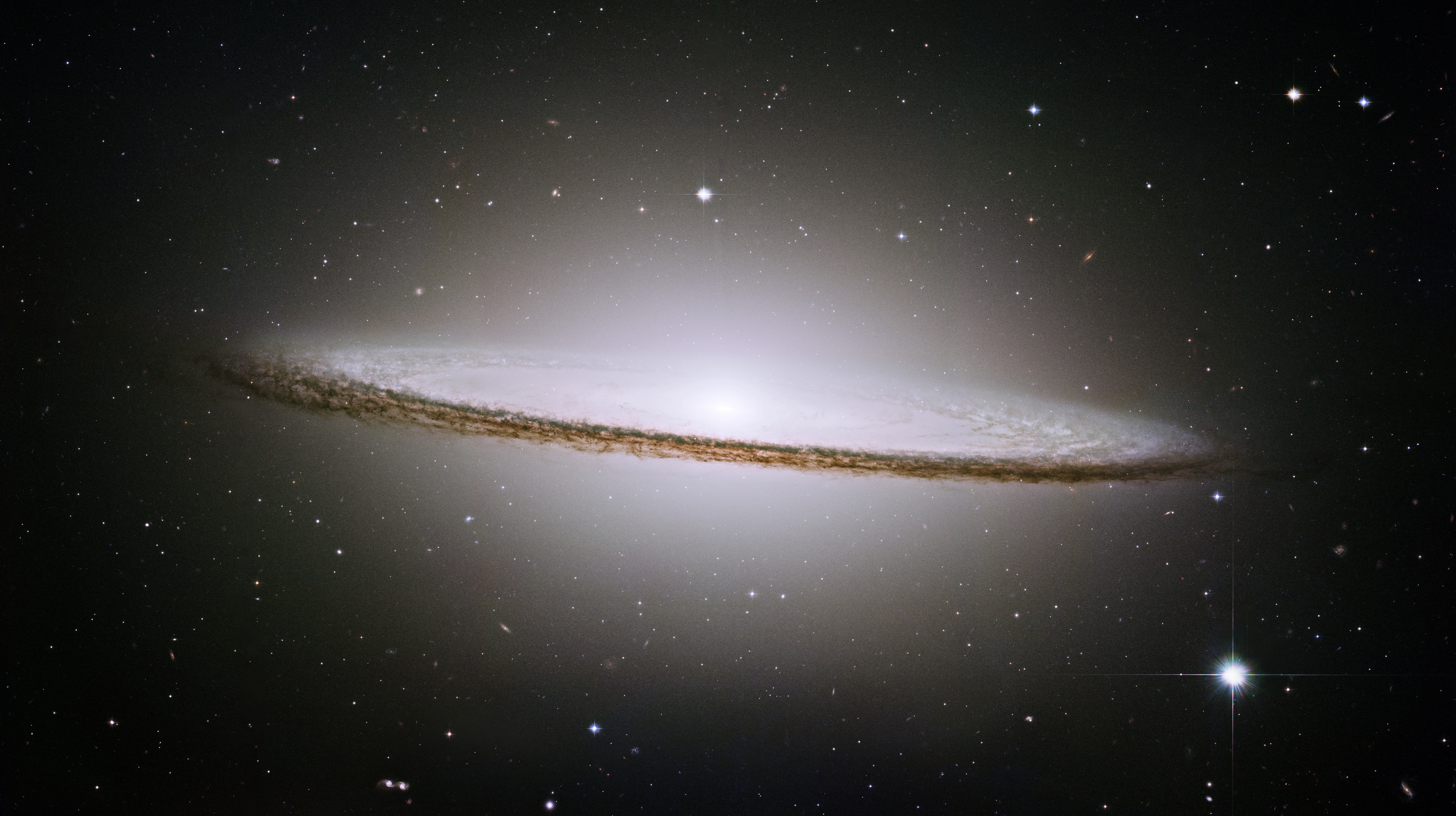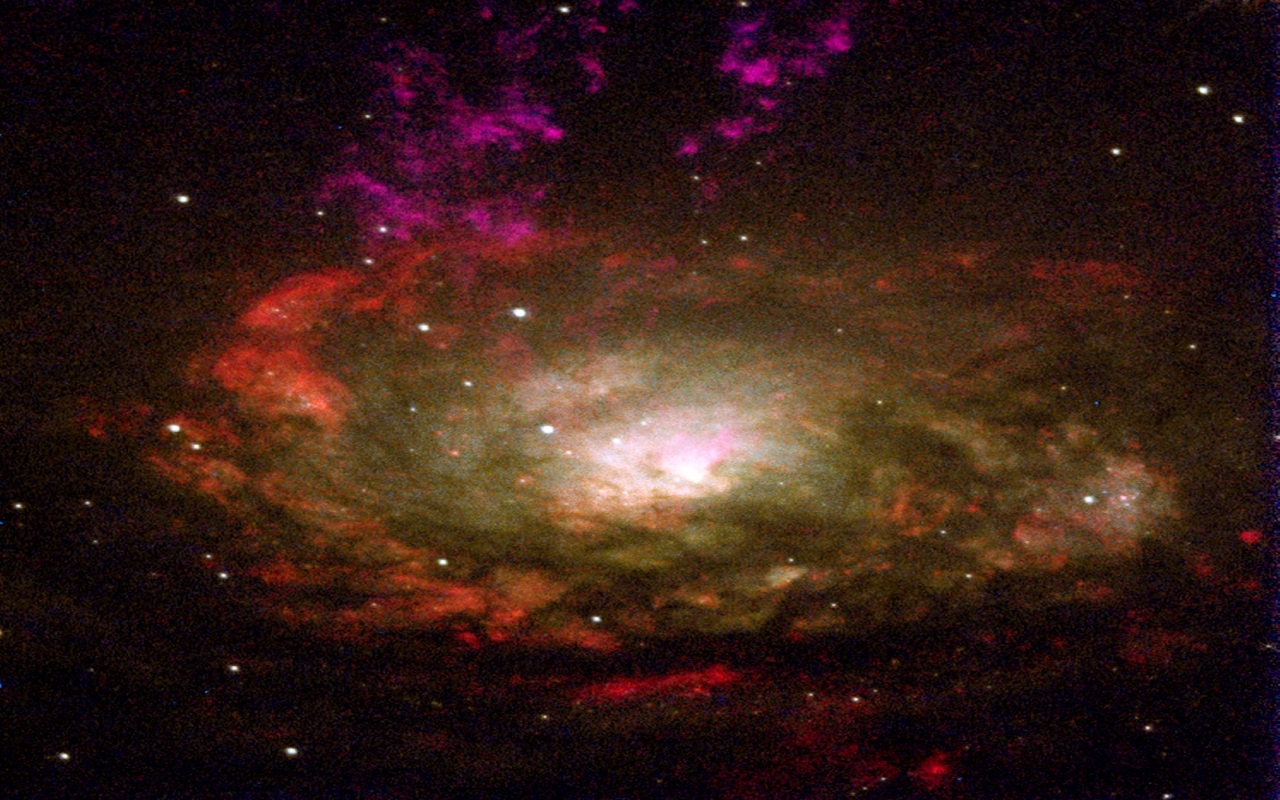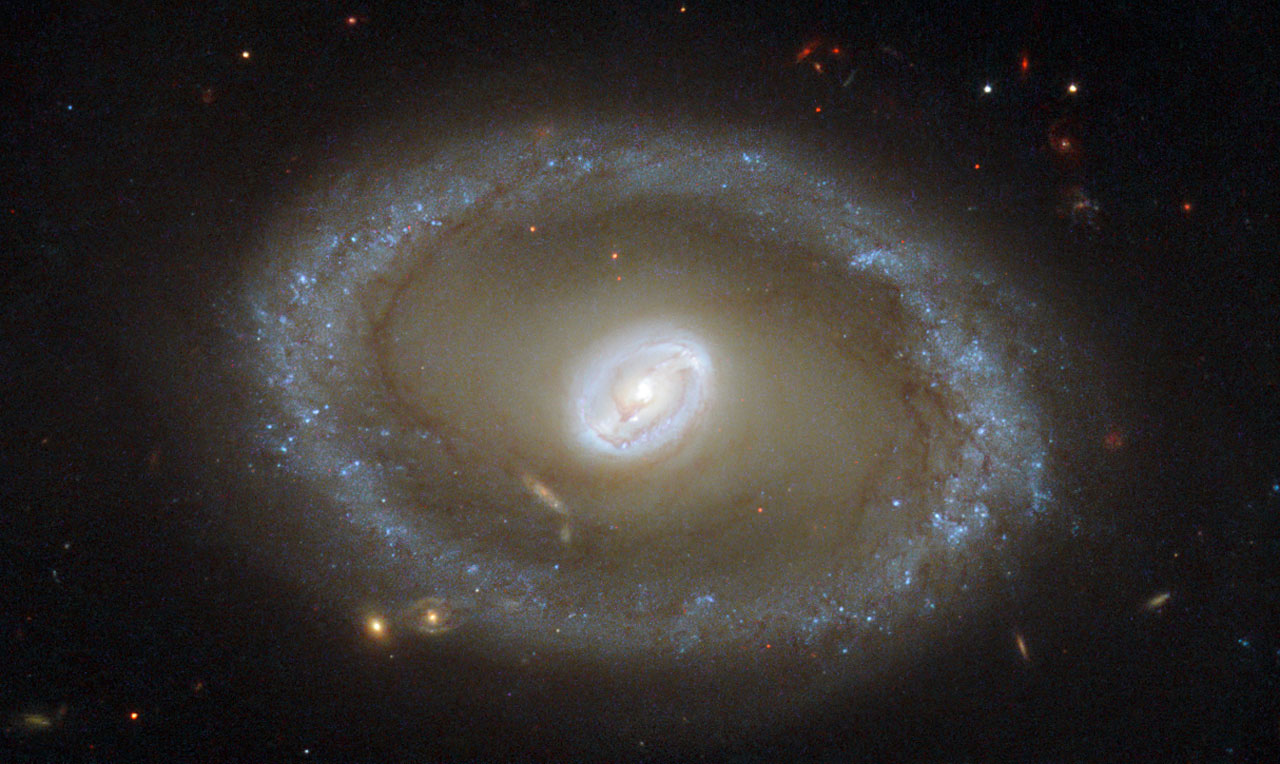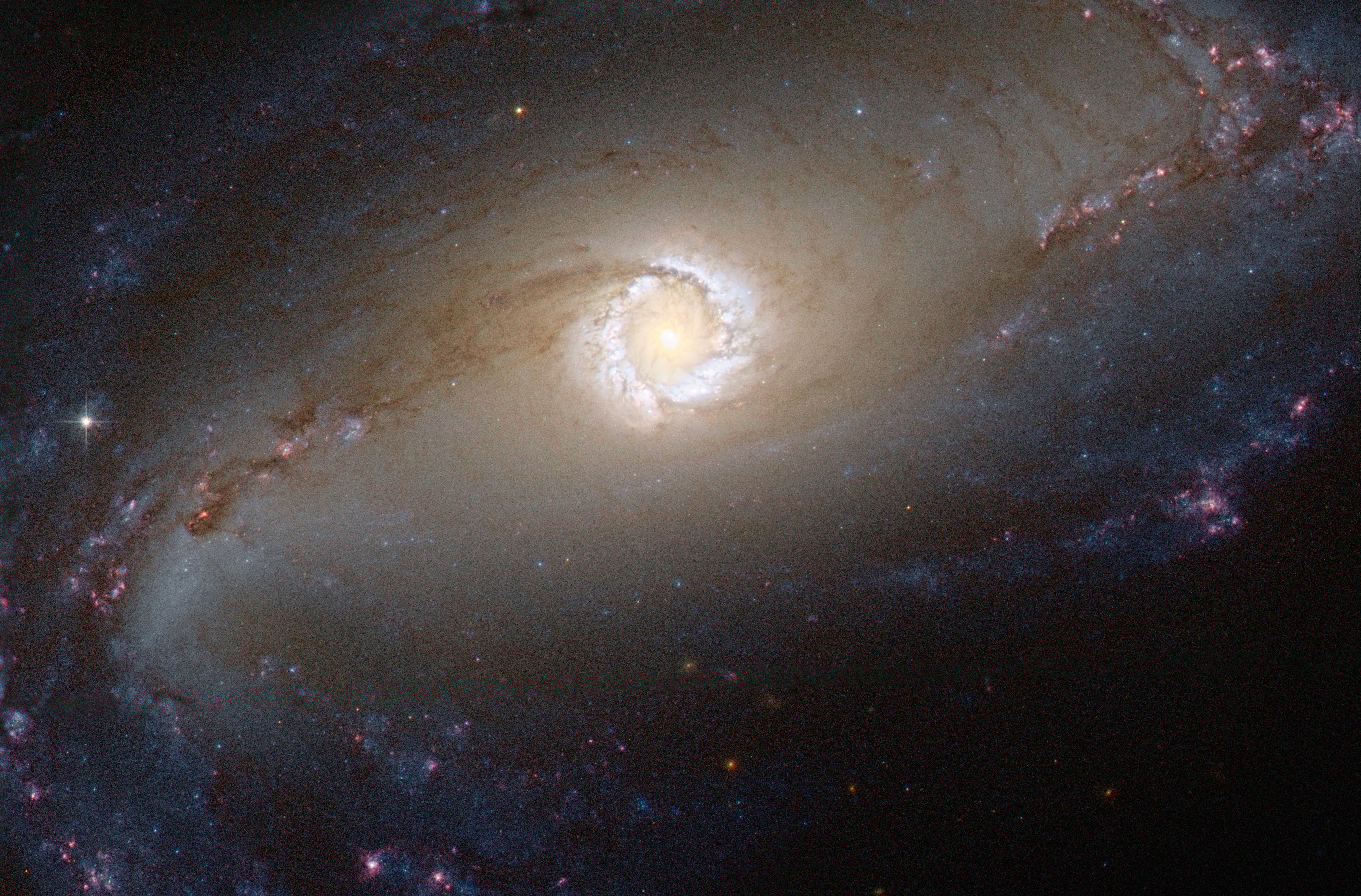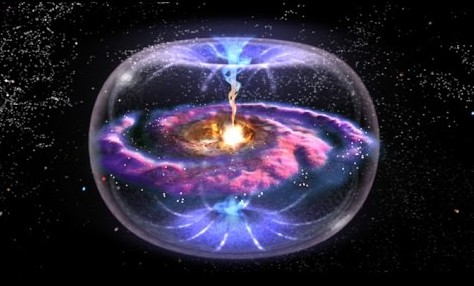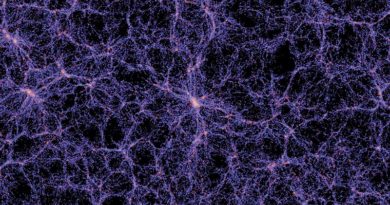Le Galassie Di Seyfert
Le galassie di Seyfert prendono il nome Carl Seyfert, che fu il primo a descrivere questa classe di appartenenza nel 1943. Esse rappresentano circa il 10% di tutte le galassie e sono alcuni degli oggetti più studiati in astronomia, in quanto si pensa che possano essere tenute in vita dagli stessi fenomeni che si verificano nei quasar (gli oggetti con maggiore emissione di onde conosciute nell’universo) e sono più luminose delle altre. Anche se sono più vicine e meno luminose dei quasar, queste galassie hanno buchi neri supermassicci al loro centro, che sono a loro volta circondate da dischi di accrescimento di materiale in caduta. I dischi di accrescimento sono ritenuti essere la fonte della radiazione ultravioletta. Le righe di emissione e di assorbimento ultravioletto forniscono per le osservazioni una maggiore raccolta di dati della composizione del materiale di cui sono composte. Osservate in luce visibile, la maggior parte delle galassie di Seyfert sembrano normali galassie a spirale, ma quando vengono studiate sotto altre lunghezze d’onda, diventa chiaro che la luminosità dei loro nuclei è di intensità paragonabile alla luminosità di galassie intere, delle dimensioni della Via Lattea.

